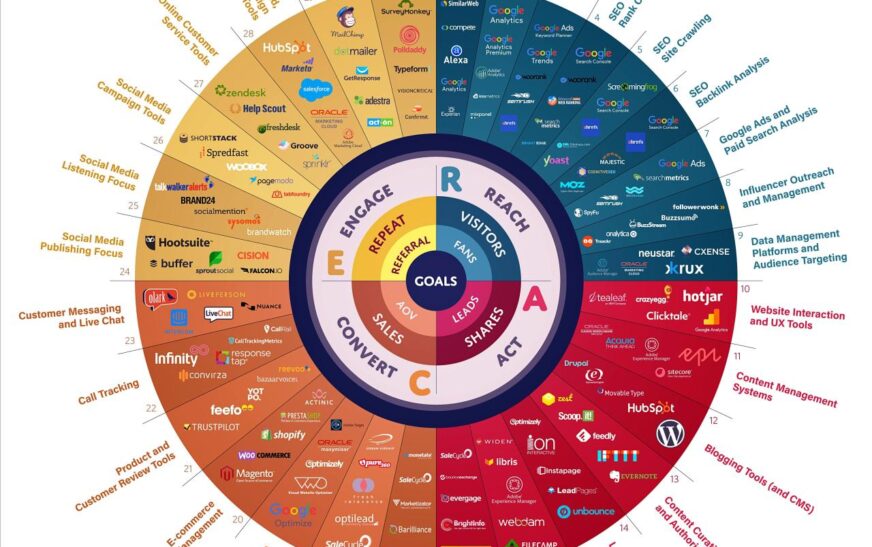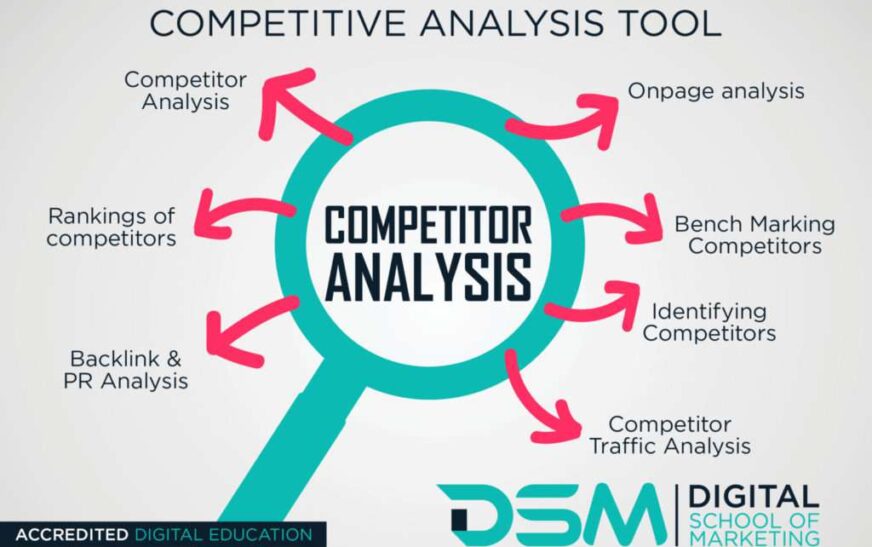Exploring the realm of Top Digital Tools for Managing Customer Feedback, this introduction sets the stage for a journey towards optimizing customer satisfaction and loyalty. As businesses strive to connect with their customers on a deeper level, these tools become invaluable assets in shaping meaningful interactions and fostering long-lasting relationships.
From real-time feedback collection to advanced analytics, these tools offer a plethora of features that can revolutionize the way companies listen to and act upon customer feedback. Let’s delve deeper into the world of customer feedback management tools and discover how they can elevate your business to new heights of success.
Introduction to Customer Feedback Management Tools
Customer feedback is a crucial aspect of any business as it provides valuable insights into customer satisfaction, preferences, and areas for improvement. In today’s digital age, the use of customer feedback management tools has become essential for companies looking to stay competitive and enhance their customer experience.
Connecting with influencers is crucial in today’s digital landscape. Learn how to leverage the power of technology with the help of How Digital Tools Can Enhance Your Influencer Outreach to build meaningful relationships with key personalities in your industry. By utilizing these tools, you can amplify your brand message and establish credibility with your audience.
Examples of Industries Benefiting from Customer Feedback Management Tools
- Retail: Online retailers use feedback tools to gather customer reviews and ratings to improve product offerings.
- Hospitality: Hotels and restaurants utilize feedback platforms to address guest concerns and enhance service quality.
- Software: Tech companies collect user feedback to refine their products and introduce new features based on customer needs.
Advantages of Digital Tools over Traditional Methods
Digital tools offer numerous advantages over traditional methods of managing customer feedback, including:
- Real-time data collection: Digital tools allow businesses to gather feedback instantly, enabling quick responses to customer issues.
- Data analysis: These tools provide advanced analytics capabilities to identify trends, patterns, and actionable insights from customer feedback.
- Automation: Digital tools streamline the feedback process, reducing manual work and ensuring a more efficient feedback management system.
- Integration: These tools can be integrated with other systems, such as CRM software, to create a seamless feedback loop and improve overall customer experience.
Types of Top Digital Tools for Managing Customer Feedback

When it comes to managing customer feedback, there are several types of digital tools available that can help businesses collect and analyze valuable insights from their customers. Each type of tool offers unique features and benefits that cater to different aspects of customer feedback management.
Embracing the digital era means utilizing the Top Digital Tools for Content Distribution to reach a wider audience. These tools are essential for maximizing your online presence and engaging with your target market effectively. By incorporating these tools into your strategy, you can enhance your brand visibility and stay ahead of the competition.
Feedback Collection Tools
- Surveys: Surveys are a common tool used to gather feedback from customers. They can be distributed via email, websites, or social media platforms.
- Feedback Forms: These forms are often embedded on websites and allow customers to provide feedback directly on the company’s platform.
Feedback Analysis Tools
- Sentiment Analysis Tools: These tools use natural language processing to analyze customer feedback and determine the sentiment behind each response.
- Text Analytics Tools: Text analytics tools help businesses extract valuable insights from large volumes of unstructured text data, such as customer reviews and comments.
Feedback Management Platforms
- Customer Relationship Management (CRM) Software: CRM platforms help businesses track and manage customer interactions, including feedback and complaints.
- Feedback Aggregation Tools: These tools consolidate feedback from multiple channels into a single dashboard for easy monitoring and analysis.
Features to Look for in Customer Feedback Management Tools: Top Digital Tools For Managing Customer Feedback

When selecting customer feedback management tools, it is crucial to consider certain key features that can greatly impact the effectiveness of your feedback collection and analysis process.
Understanding your website traffic is vital for optimizing your online performance. With Using Digital Tools to Track and Analyze Website Traffic , you can gather valuable insights into visitor behavior and preferences. By analyzing this data, you can make informed decisions to improve user experience and drive more conversions on your site.
Real-Time Feedback Collection and Analysis
Real-time feedback collection and analysis are essential features to look for in customer feedback management tools. Being able to gather feedback instantly and analyze it in real-time allows businesses to address issues promptly, make quick improvements, and enhance customer satisfaction.
This feature enables companies to stay agile and responsive to customer needs and preferences.
Automation Capabilities, Top Digital Tools for Managing Customer Feedback
Automation capabilities streamline the feedback management process by automating tasks like sending surveys, categorizing feedback, and generating reports. This helps save time and resources, allowing businesses to focus on implementing actionable insights from customer feedback. Automation also ensures consistency in data collection and analysis, reducing the margin for errors and increasing efficiency.
Customization Options
Customization options in customer feedback management tools allow businesses to tailor feedback forms, surveys, and reports to their specific needs and branding. Customization enhances the user experience for both customers providing feedback and businesses analyzing the data. By customizing the feedback process, companies can gather more relevant and detailed insights that align with their unique objectives.
Integration Capabilities
Integration capabilities are crucial for customer feedback management tools to seamlessly integrate with other systems and platforms used by businesses. Integration ensures that feedback data can be easily shared across departments, such as marketing, sales, and customer service, enabling a holistic view of customer feedback.
This unified approach helps companies make informed decisions and improve the overall customer experience.
Best Practices for Implementing and Utilizing Customer Feedback Tools

Implementing customer feedback tools within an organization is crucial for improving customer satisfaction and loyalty. Here are some tips to effectively utilize these tools:
Establish Clear Objectives
- Define specific goals for collecting customer feedback, whether it’s to improve product features, enhance customer service, or identify areas for growth.
- Align these objectives with the overall business strategy to ensure that feedback collection is purposeful and actionable.
Choose the Right Tools
- Research and select customer feedback tools that align with your organization’s needs and budget.
- Consider factors like ease of use, integration capabilities, and data analysis features when choosing a feedback tool.
Encourage Participation
- Make it easy for customers to provide feedback through multiple channels such as surveys, feedback forms, social media, and email.
- Incentivize participation with rewards, discounts, or exclusive offers to increase response rates.
Analyze and Act Upon Feedback
- Regularly review feedback data to identify trends, patterns, and areas for improvement.
- Develop an action plan based on the feedback received and prioritize initiatives that will have the most impact on customer satisfaction.
Last Recap
In conclusion, the landscape of customer feedback management tools is vast and ever-evolving, presenting endless opportunities for businesses to enhance their customer experience. By harnessing the power of these digital tools, organizations can not only streamline their feedback processes but also gain invaluable insights to drive continuous improvement and growth.
As we navigate the dynamic terrain of customer feedback management, let us embrace innovation and embrace the transformative potential of these tools in shaping a customer-centric future.




